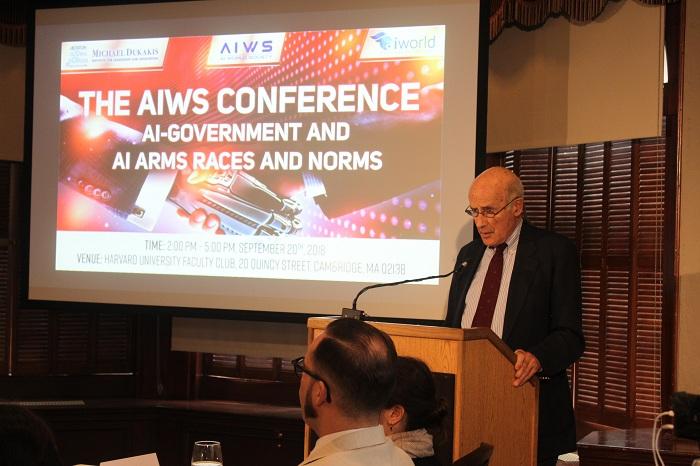In case you're wondering what became of my Chatbot dating adventure--rest assured that it continues.
artificial intelligence
Artificial intelligence is likely to transform the public sector by automating many government tasks—including making combat decisions....
At a recent MIT/Sloan Management School conference on Health Systems Innovation, MIT-Sloan Professor Retzef Levi laid out...


